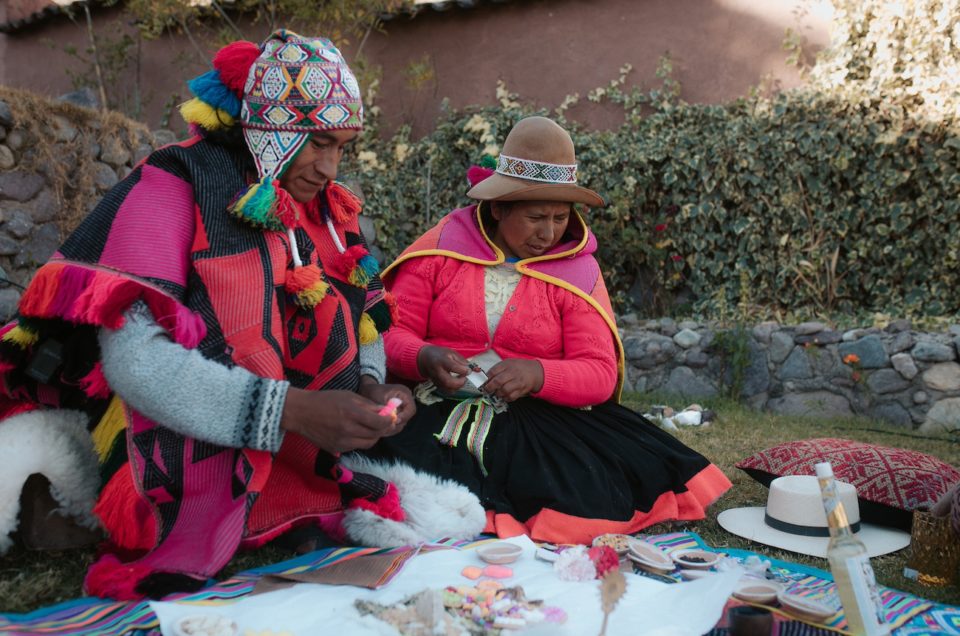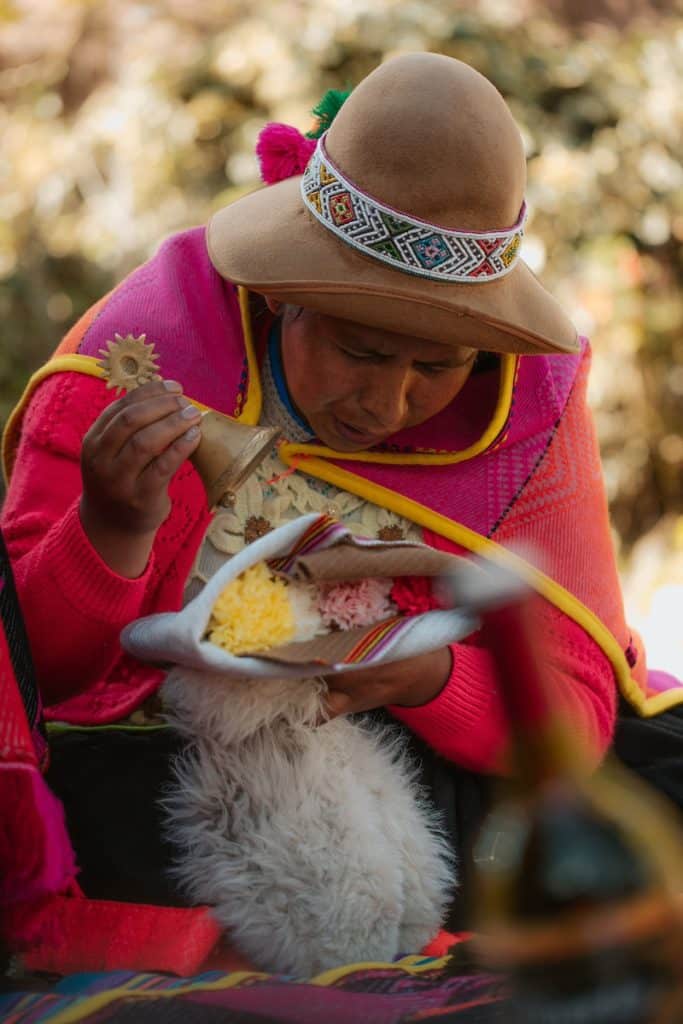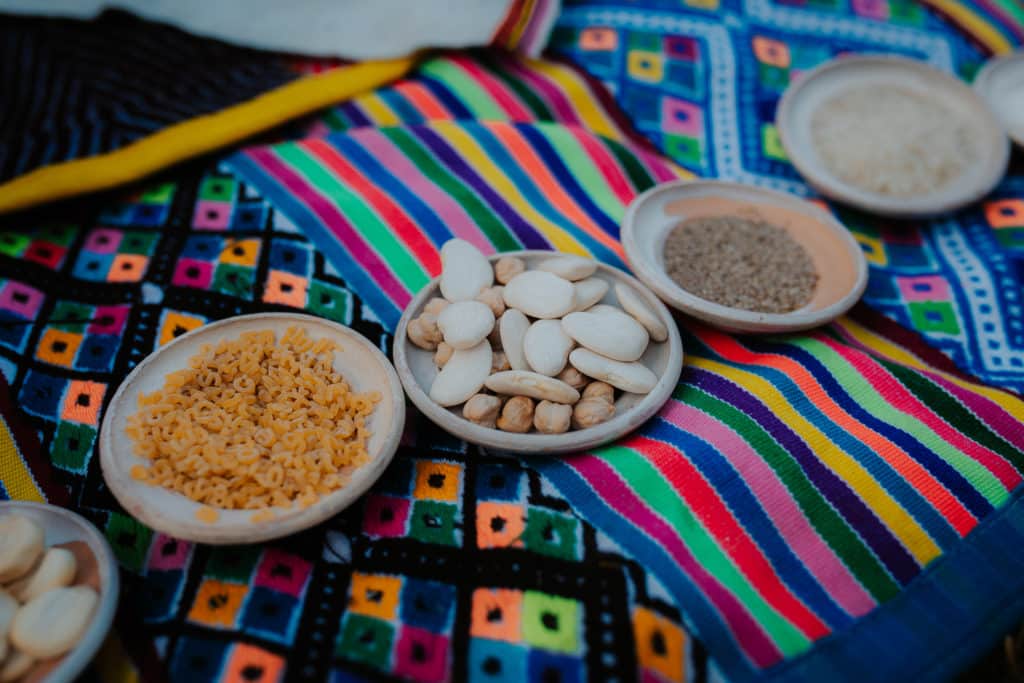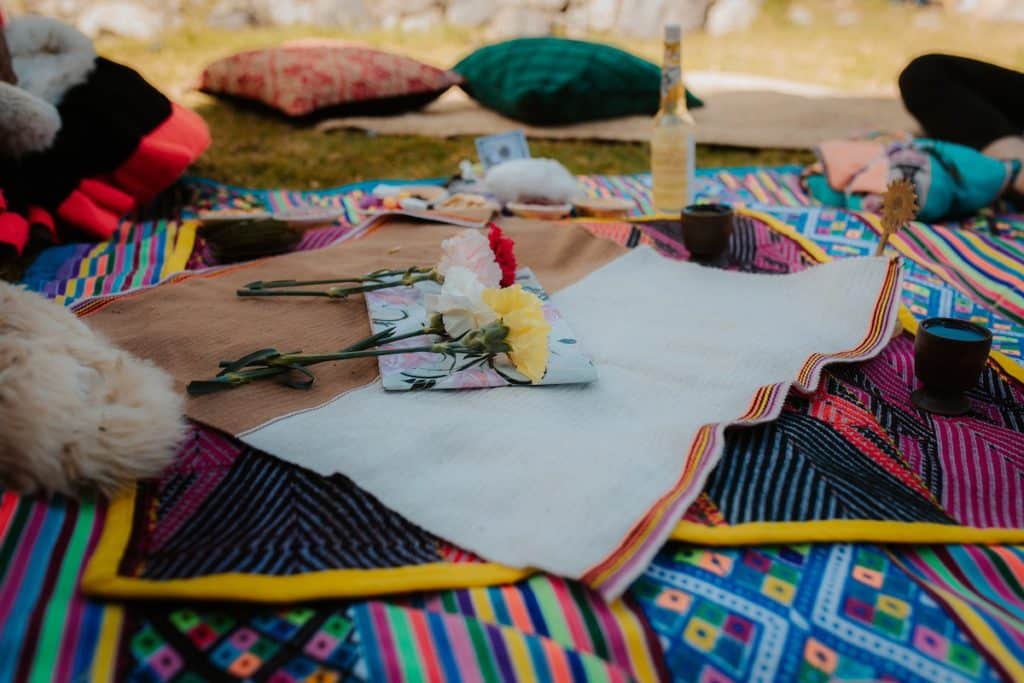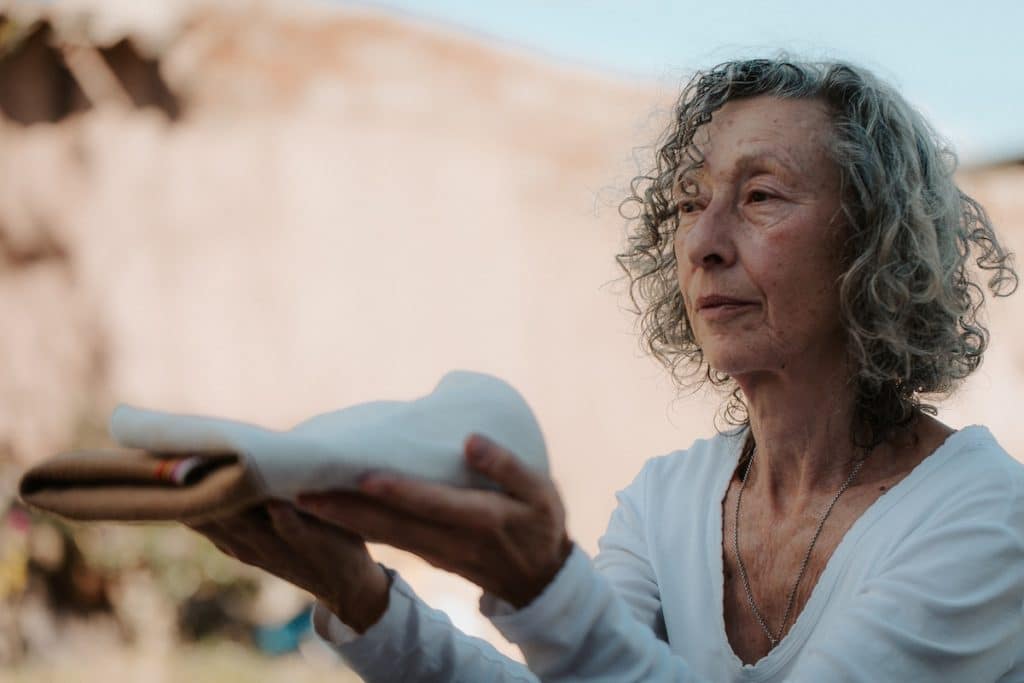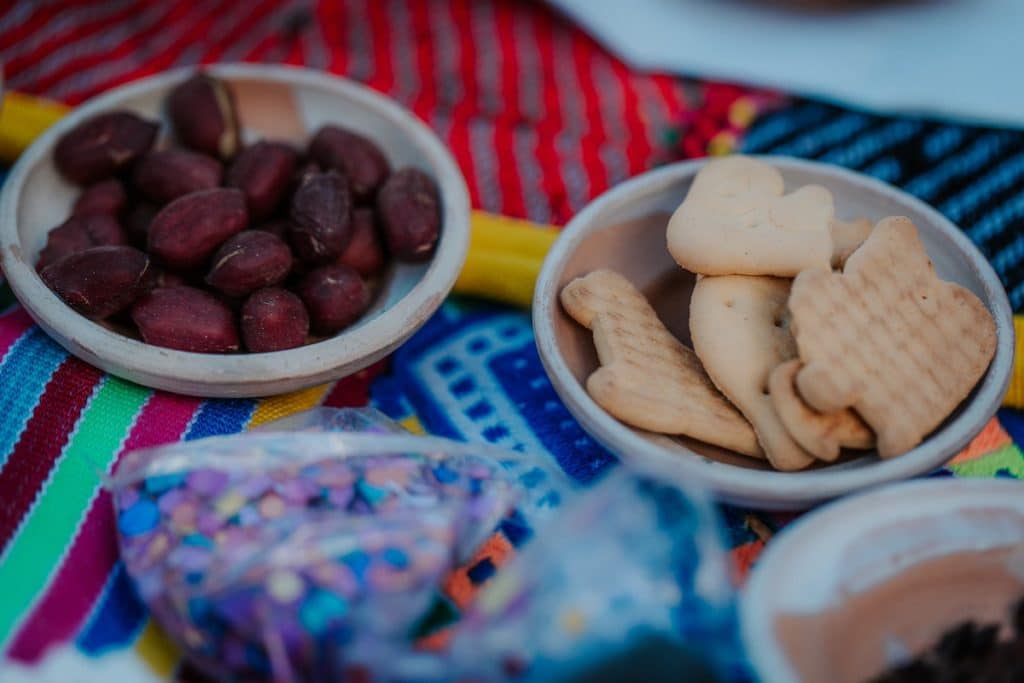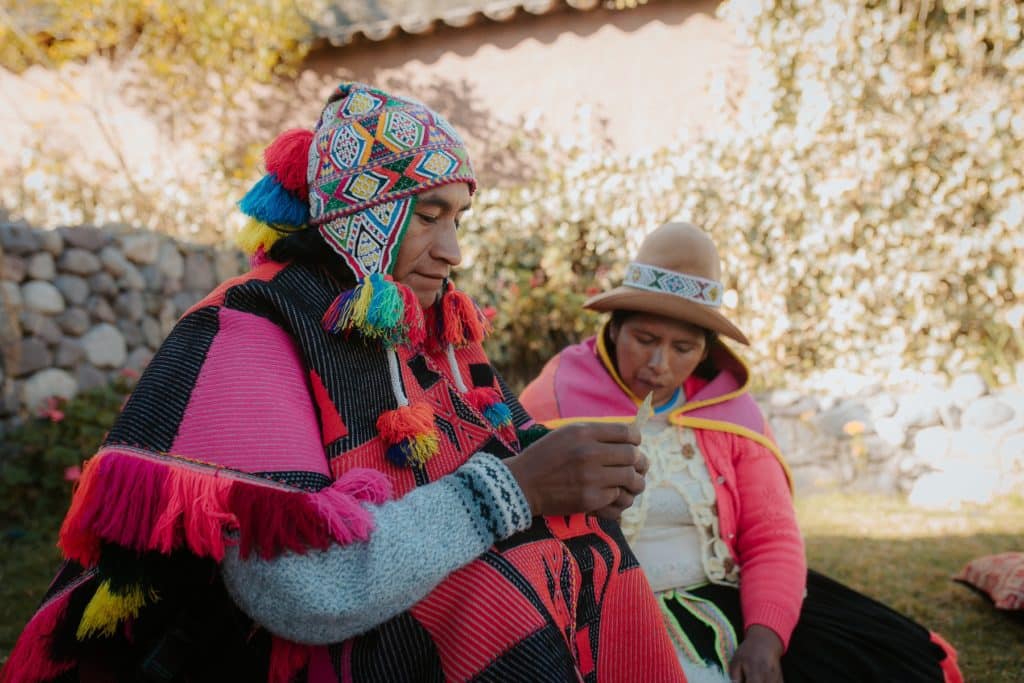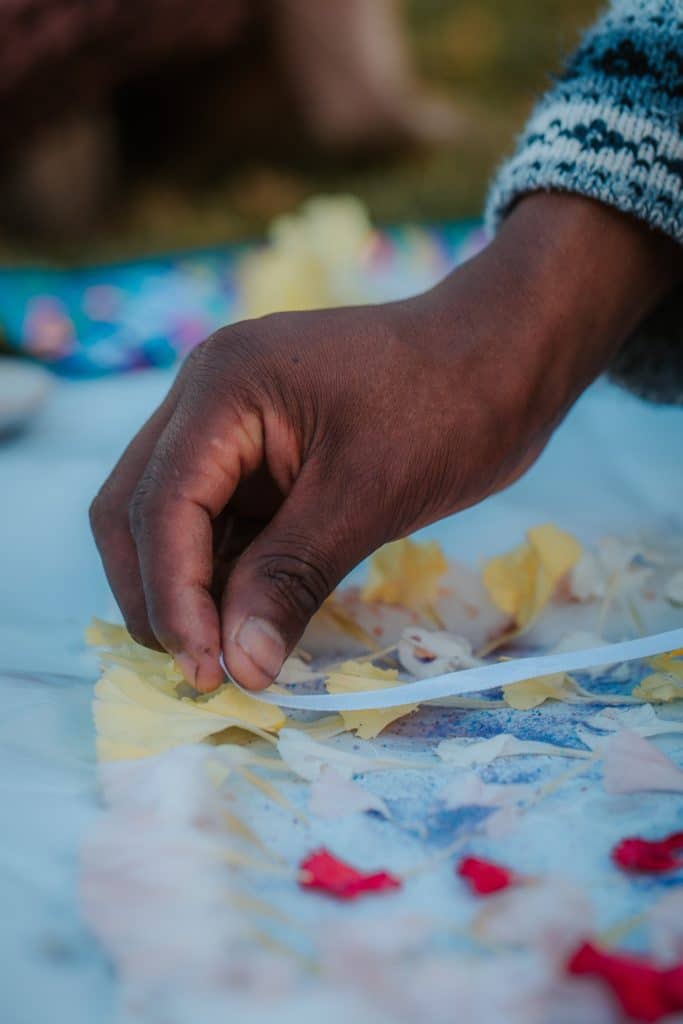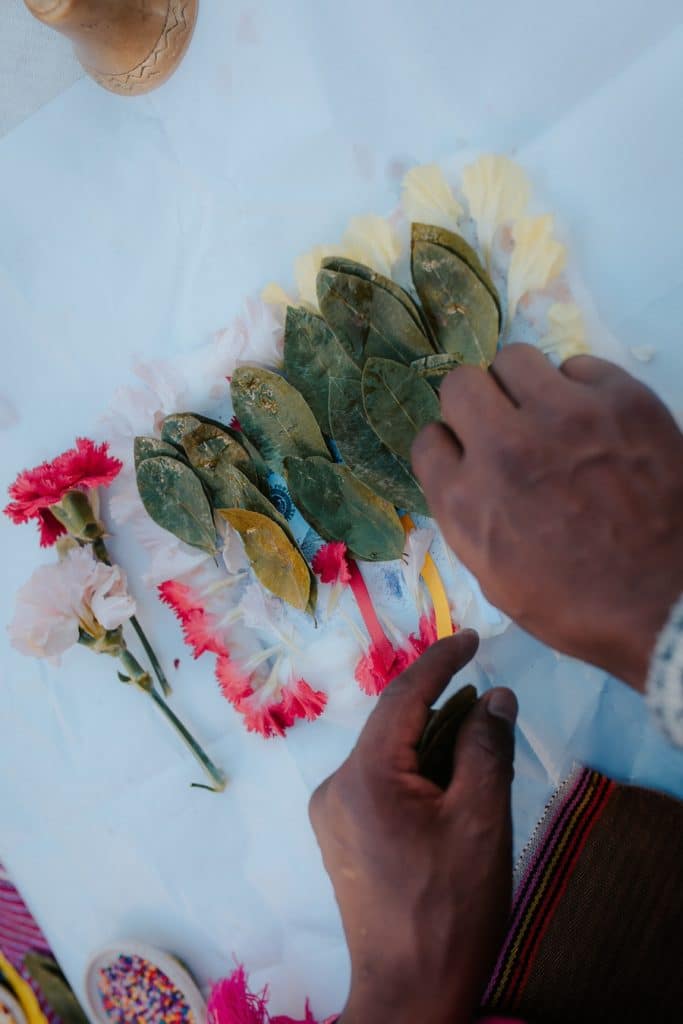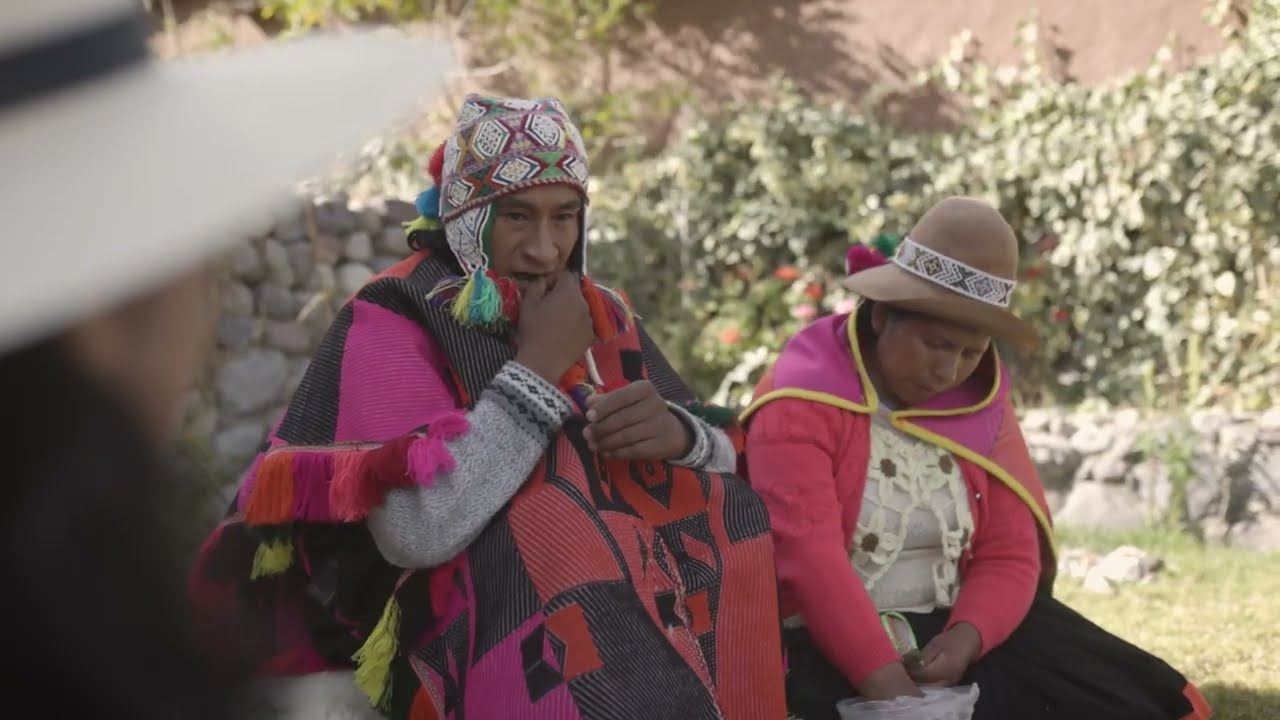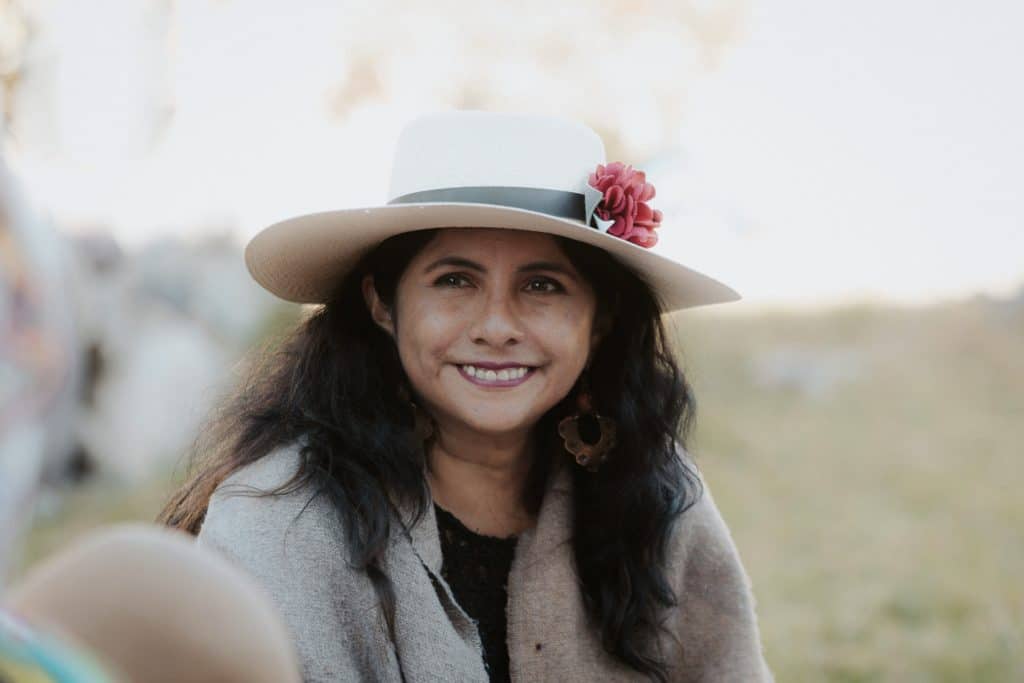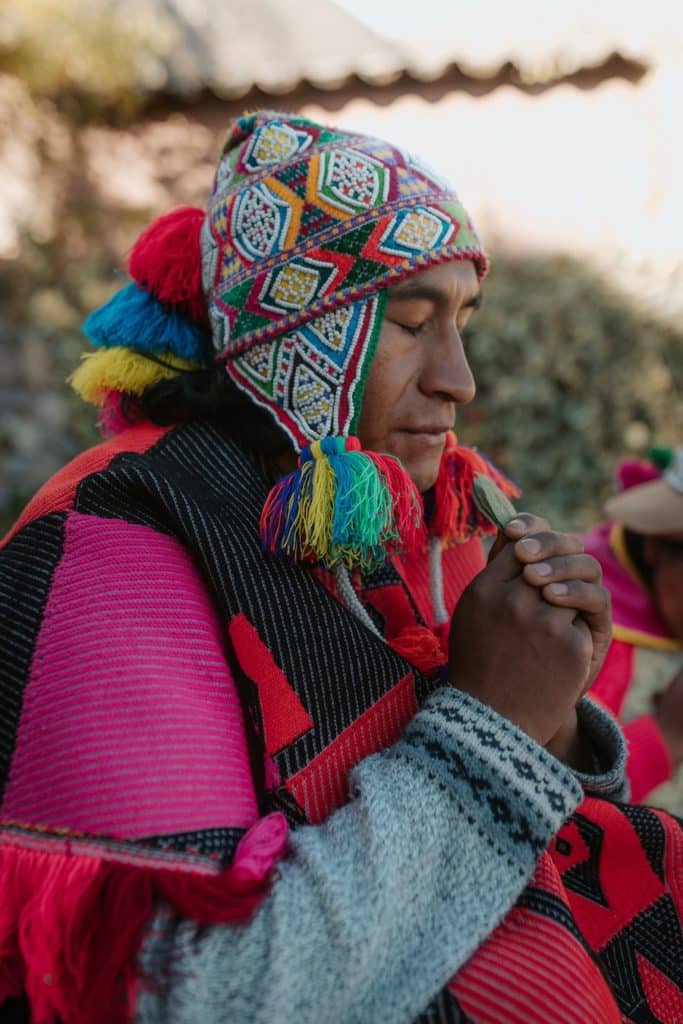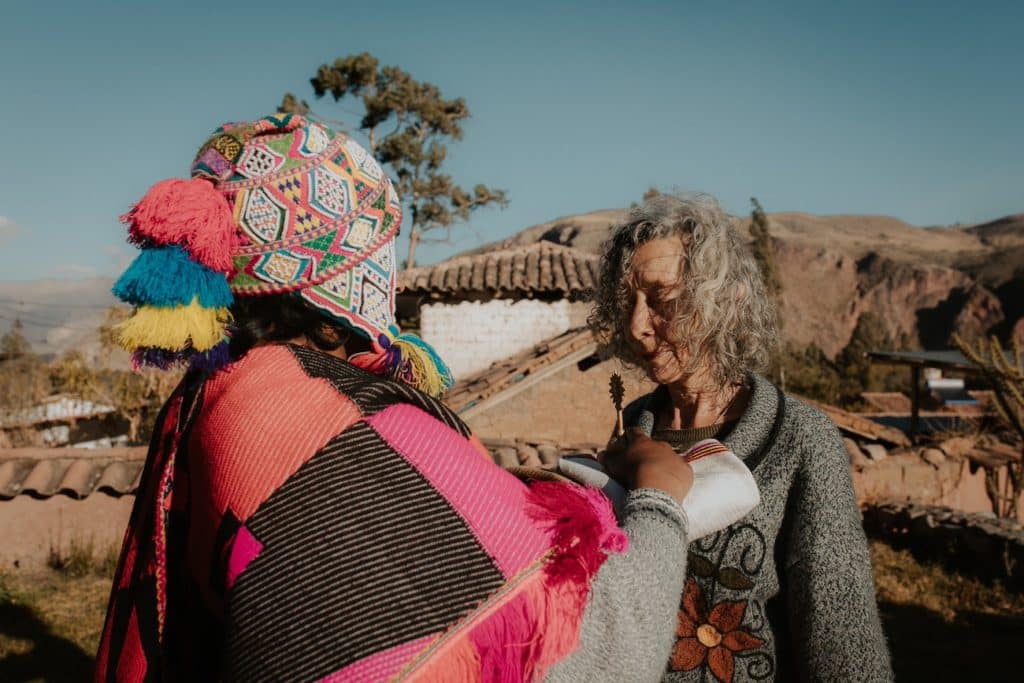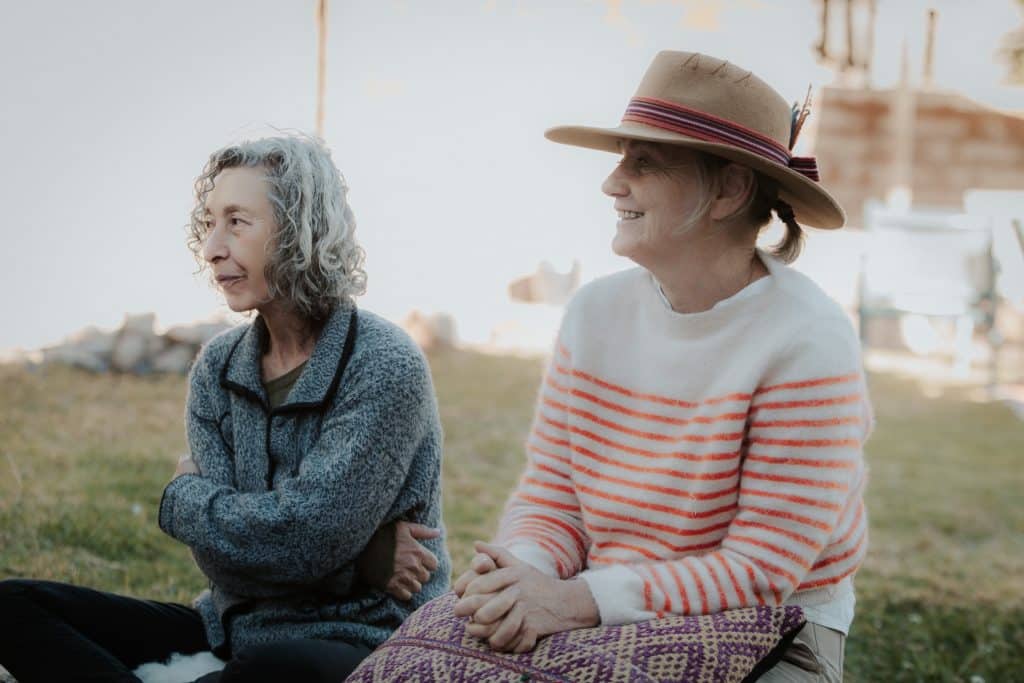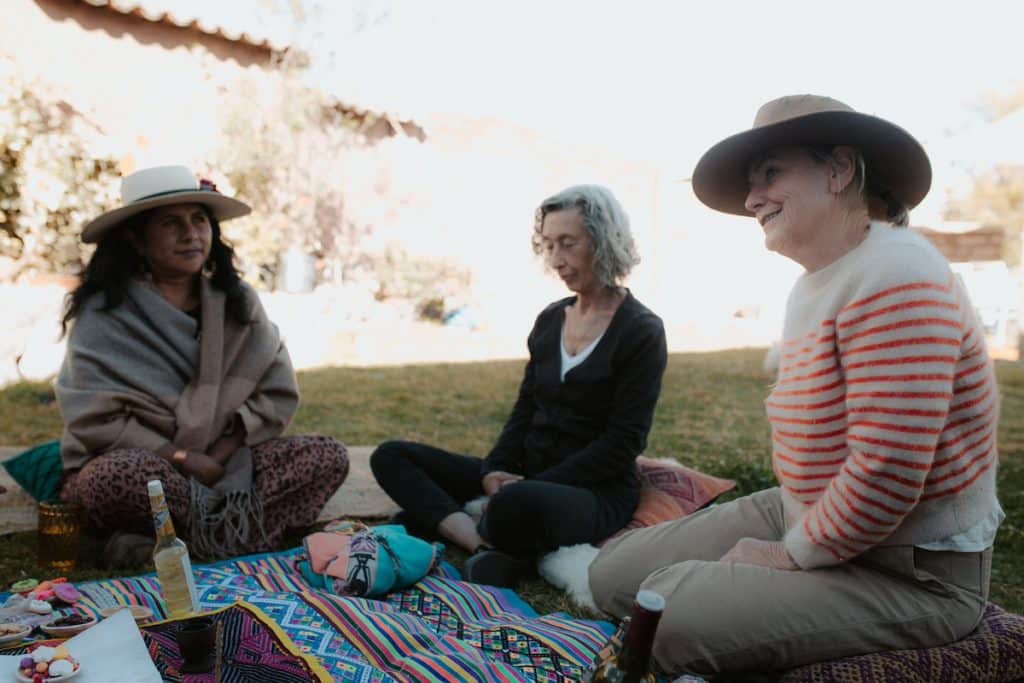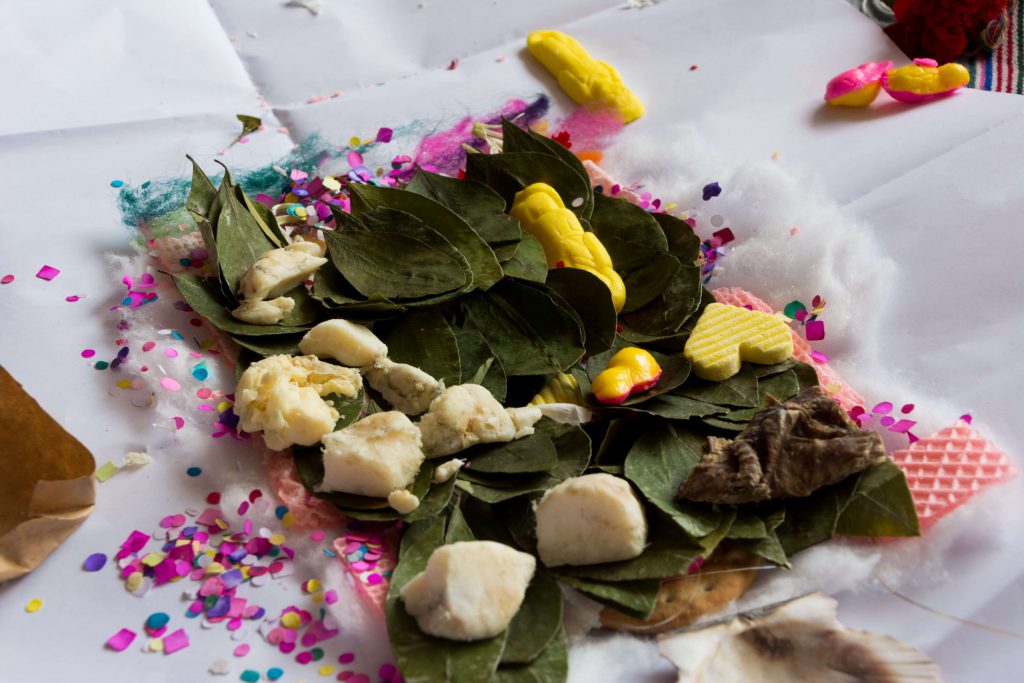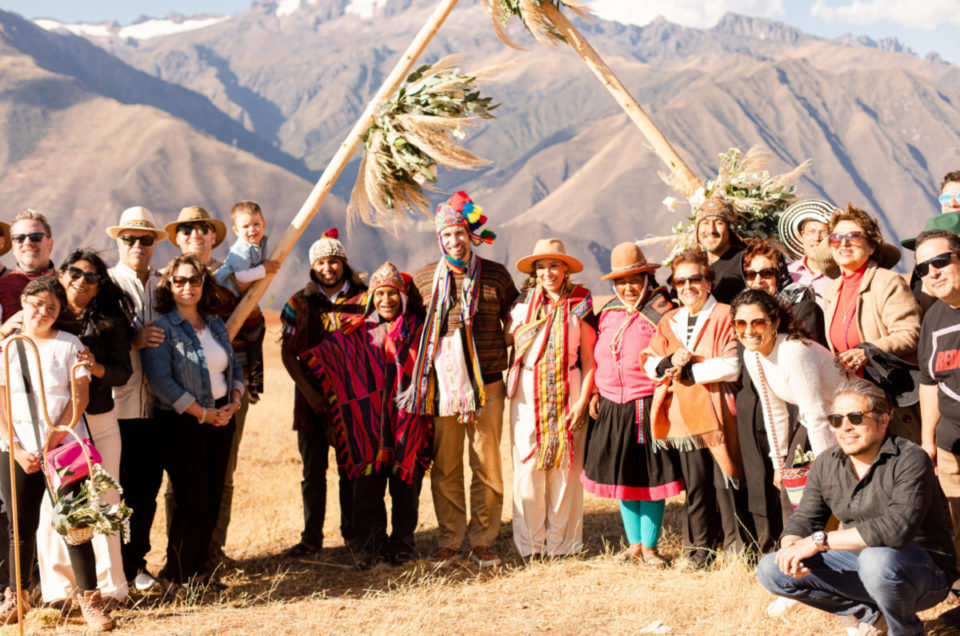Somewhere between the coca leaves and the mountain winds, something shifts.
Pachamama ceremony in Peru is a powerful ancestral ritual practiced by the Andean people to honor Mother Earth. Taking place in the Sacred Valley and led by authentic Q’ero shamans, this ceremony invites you to reconnect with nature, express gratitude, and release emotional or energetic blockages through a traditional Despacho offering.
There’s no guidebook that can prepare you for this.
Not Lonely Planet. Not NatGeo. Definitely not your favorite Instagram shaman.
This isn’t a yoga retreat. This isn’t a show.
It’s raw. It’s ancient. And it’s real.
We’re in the Sacred Valley of the Incas, a few thousand feet above the version of yourself you left back home. You’ve heard about Pachamama — Mother Earth — but here, she’s not an idea. She’s not a metaphor.
She’s alive.
And you’re standing in front of her with a handful of coca leaves, a bundle of offerings, and the weight of everything you didn’t know you were carrying.
Visitors come to Peru for its beautiful and varied landscapes, its world-renowned cuisine and its people. They also visit for the deep history and traditions that have endured from the time of the Incas. One of these traditions is the Pachamama ceremony and I was thrilled to have the privilege of participating in this exclusive ceremony! Read on to hear about my experience sharing in this local custom and to learn more about Pachamama ceremony.
So, What Actually Happens?
You’re invited to take part in a Despacho — an offering to Pachamama, Mother Earth.
The shaman builds it carefully, item by item, and asks you to add your own intention. Not in words — in breath. Through coca leaves. It’s simple, but it hits different.
Then the offering is burned or buried. Returned to the earth.
No big speech. No Instagram moment. Just something that feels strangely personal, even if you don’t fully understand it.
Is This a Tourist Thing?
It could be — if you let it.
But this version? It’s not a performance.
These Q’ero shamans have been doing this their whole lives. For their people. For their land.
You’re just being allowed in for a minute.
Why Bother?
Because maybe you’ve been carrying too much.
Because maybe you’re open to something outside your usual worldview.
Or maybe you just want to do one thing in Peru that isn’t on a postcard.
The Real Takeaway
No one’s promising a transformation.
There’s no certificate, no “spiritual upgrade.”
Just a few hours in the mountains with people who still believe the Earth is sacred — and treat it that way.
And maybe that’s the point.
The items used during the ceremony
Offerings and various other elements are typically used and may differ based on the type of offering being made. One symbolic item used during our ceremony was a shell representing the Mother Lake. Others were a small white candle representing the mountain and a cracker to represent work. Items for offering included red and white flower petals, candy, coca leaves, rice, anise, beans and peanuts. The shaman used llama fat and leaves to help the despacho burn. There was also flower water to clean our energy and Port to offer Pachamama something to drink.
What happened during our Pachamama ceremony?
Preparing the despacho
The shaman started by putting a large white sheet of paper on a blanket on the floor. He then put down of layer of cotton in the shape of a square, so that everything would stick to the paper. Taking out a bag of coca leaves he carefully examined them to select the best ones. He then gathered them in groups of three or more, holding them in the creases between the fingers of his left hand. He gently blew on the leaves as he gathered each group. Once his hand was full, he started laying the bunches on the blanket, next to the paper.
He then proceeded to put various decorative and symbolic elements in different locations on the cotton. This was followed by the offertory items. At times the shaman would blow on an item or whisper a few Quechua words before putting it down. He returned to the bunches of coca leaves, selecting a bunch of three which he handed to each of us. We took it with our right hand, and then held it with both hands while we said our prayers or wishes with great faith (as we were instructed).
His actions were very intentional, honed by years of practice. There was a beautiful rhythm to his movements and the deliberateness in the way he slowly unfolded a piece of paper containing incense, careful not to spill its contents. This was also visible in the way he placed a dried fig, the small white candle and other items on the growing despacho.
Closing the despacho
He then asked each of us to mentally repeat our prayers over our three coca leaves and then blow three times on the leaves to pass our energy onto them. He took the leaves from each of use and placed them onto the despacho. Once all the items had been placed, the shaman put four colored strings in a “U” shape around the despacho to close it and sprinkled a small amount of Port for Pachamama.
We poured beer into a single glass so we could each have a drink with Pachamama. The shaman went first, sprinkling some of the beer onto the despacho before drinking the rest. We refilled the glass and passed it on to our hostess who sprinkled a few drops onto the despacho, had a few sips and then passed it on to the next person until we had all completed the ritual.
Next, we chewed coca leaves, which the shaman had selected and laid out for us. He wrapped the despacho up, tying it with white string and wrapping it in a blanket. We each held the despacho, silently whispering our prayers one last time before we took it to be burned.
Burning the despacho
We walked to a clear area where the shaman built a fire from materials we had gathered. He unwrapped the despacho when the fire was ready and held it up to the mountains as he whispered a few words before placing it in the fire. As it burned, he poured the rest of the Port around the fire. We could see the offering items inside as the flames burned away at the paper. I watched the candy bubbling as it slowly melted.
We spent some time getting to know the shaman while we waited. He told us that he was from Q’ero, a small community in the mountains. His journey to Cusco was a two-day walk. We also asked him if the Pachamama ceremony is still very popular. He told us that he typically performs five ceremonies per week.
The shaman stayed with us until the despacho had completely burned. Then he said his goodbyes and descended the hill alone – off to do another ceremony.
Getting to share in this once in a lifetime experience really made me feel like I was truly immersing myself in the local culture. As the ritual unfolded, the thought struck me that what I was seeing and experiencing is probably how the ceremony was performed in the time of the Incas – how awesome is that!
Want to Experience It for Yourself?
We’re PIE Experiences. We connect travelers with authentic experiences in the Sacred Valley, without the fluff.
No spiritual tourism. No acting. Just real people sharing real traditions.
👉 Book your Pachamama Ceremony
Looking for this and similar experiences?
The Pachamama ceremony is normally private and not usually offered as part of the standard tourist packages. However, at Pie Experiences, we don’t just provide the standard tours. We want to share our Peru with you – immersing you in our culture through unique and unforgettable experiences so you leave with a deeper knowledge and understanding of our beautiful culture and country.
Like to learn about other unique Inca traditions? Read this post about Pachamanca, an ancient Incan dining ritual where the food is cooked in specially built underground “ovens.”
You’re probably already planning to visit Machu Picchu and the Sacred Valley if you’re in Cusco. Why not add a Pachamama ceremony so you can clean your energy before visiting Machu Picchu? Contact us for more information on this and all our other tours!
FAQ: Pachamama Ceremony in Peru
1. What is a Pachamama ceremony?
A Pachamama ceremony is a traditional Andean ritual to honor Mother Earth (Pachamama). Led by Q’ero shamans, it involves a Despacho offering, prayer, and energy cleansing as a way to restore balance and gratitude between humans and nature.
2. Where does the Pachamama ceremony take place in Peru?
The ceremony typically takes place in Cusco and the Sacred Valley, often near sacred mountains (Apus), rivers, or ancient Inca sites — locations considered energetically powerful by the Andean people.
3. Who leads the Pachamama ceremony?
Authentic Q’ero shamans, direct descendants of Incan spiritual lineages, lead the Pachamama ceremony. They are known for preserving traditional Andean rituals and healing practices.
4. What happens during a Pachamama ceremony?
During the Pachamama ritual, a Despacho (offering) is created with natural elements like coca leaves, seeds, and sweets. Participants set intentions, receive energy cleansing, and offer gratitude to Pachamama in a deeply symbolic process.
5. Is the Pachamama ceremony a religious ritual?
No, it is not a religious ritual in the Western sense. It is a spiritual ceremony rooted in Andean cosmology, centered on reciprocity with nature, energy balance, and connection with the Earth.
6. How long does a Pachamama ceremony last?
Most ceremonies last between 1.5 and 3 hours, depending on the location, the number of participants, and the depth of the ritual. Private ceremonies may be more personal and flexible in duration.
7. Can anyone participate in a Pachamama ceremony?
Yes, the ceremony is open to anyone who approaches it with respect and openness. No previous spiritual experience is required. It is ideal for travelers seeking authentic cultural or healing experiences in Peru.
8. What should I bring to a Pachamama ceremony?
Bring comfortable clothing, water, sun protection, and an open heart. You may also bring personal items or write intentions on paper to include in the Despacho offering.
9. Is the Pachamama ceremony safe?
Yes, the ceremony is safe, peaceful, and non-invasive. It is conducted in a sacred, respectful environment by trained shamans who follow centuries-old traditions of energetic protection and healing.
10. How can I book a Pachamama ceremony in Peru?
You can book a Pachamama ceremony directly through PIE Experiences. We work exclusively with trusted Q’ero shamans and organize the ritual in authentic locations across Cusco and the Sacred Valley.
👉 Book here


